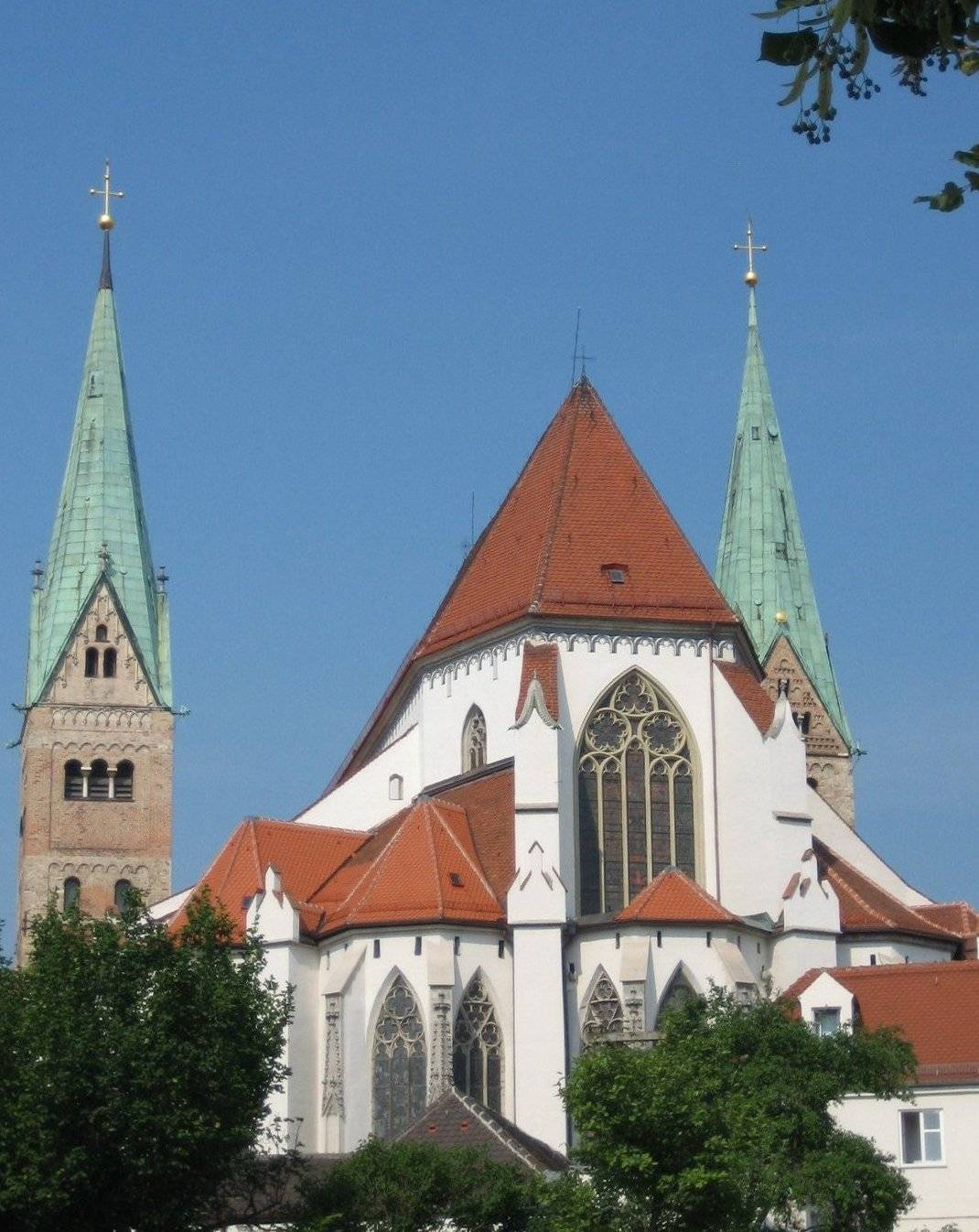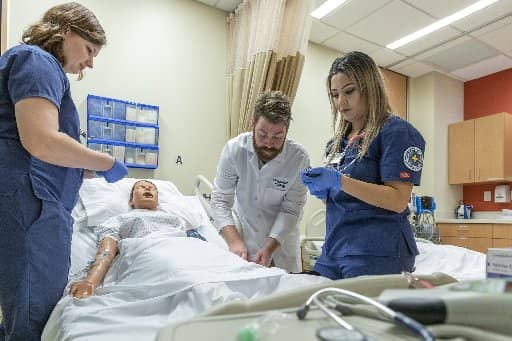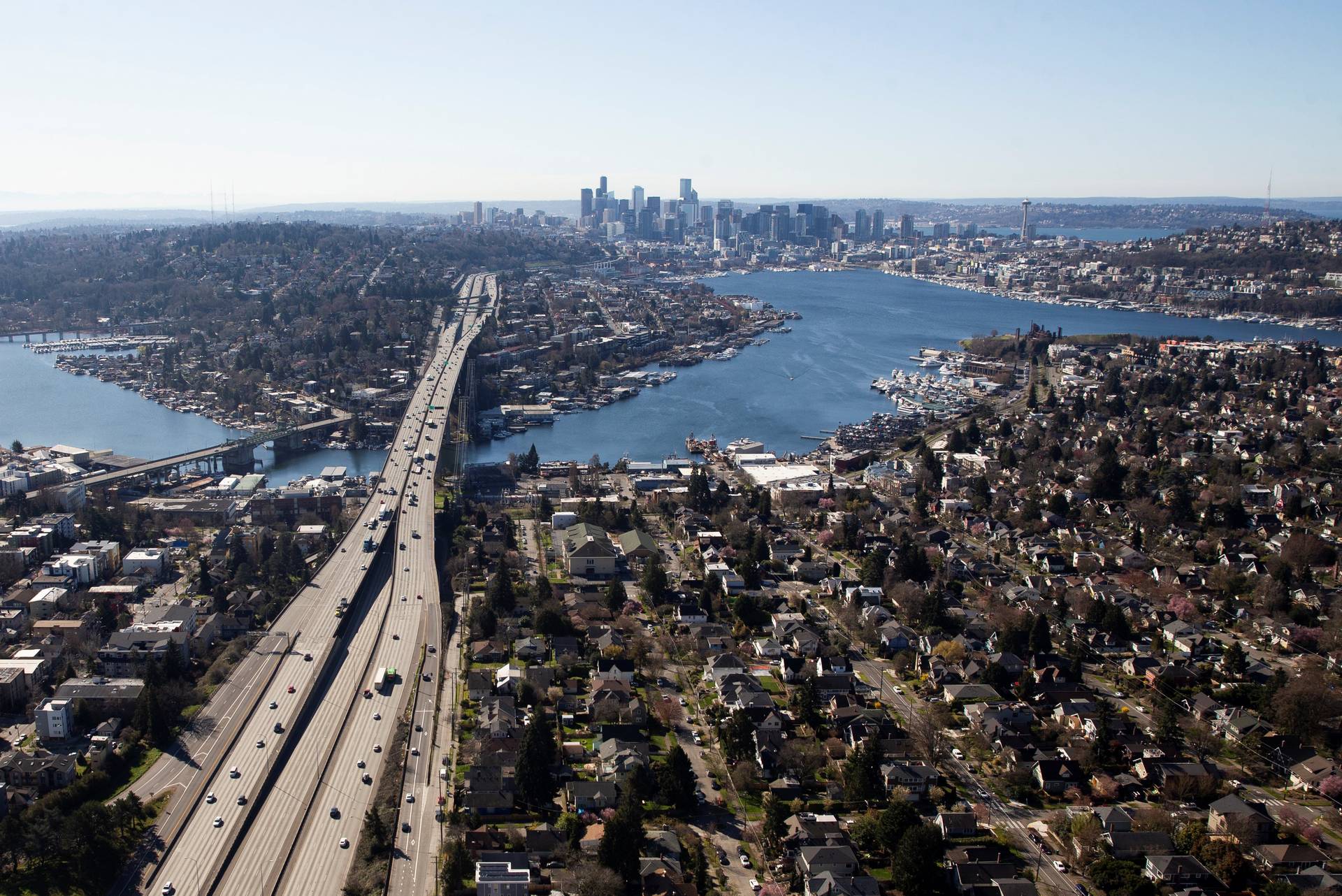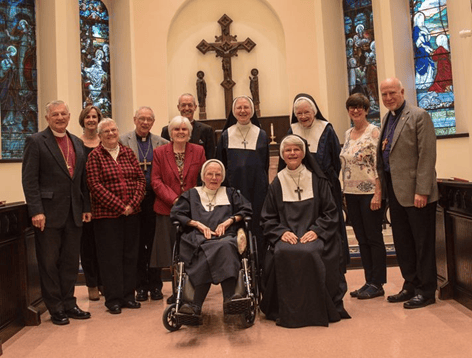A few weeks ago we learned that the pope’s ambassador to Mexico, French Archbishop Christophe Pierre, would leave to go to the United States. He served in this country for nine years, the longest run of any papal representative in Mexico, and has been an exemplary pastor.
The United States is lucky to get him.
Being an apostolic nuncio anywhere is a tough job, because it means fostering communication between the Holy See and local churches, civil society and political authorities. In Mexico, however, the task is made more difficult by our particular religious conditions.
We are a country of paradoxes. While the people are very religious and mainly Catholic, the political class usually is anti-religious, anti-clerical and strongly anti-Catholic, as is the intellectual elite, which is reflected in academic circles and in the media.
This has had two very pernicious consequences for the ordinary life of the Mexican Catholic.
On the one hand, there’s aggressive discrimination in the public space, which is considered politically correct. Therefore, grassroots Catholics have to conceal their faith in public, which leads to an authentic spiritual schizophrenia that has damaged the life of the Church, especially the laity.
On the other hand, there is a constant refusal to recognize religious freedom as a fundamental human right. Until recently, only freedom of worship was recognized, meaning praying only in churches.
Things have begun to change, but these remain the dominant trends that mark the life of the Church in Mexico.
Being the pope’s envoy under these conditions is a very delicate task, one which requires great diplomatic skill and an extraordinary pastoral sensitivity. During his nine years working in this country, Pierre has had several important achievements thanks to his sense of mission and community.
Bridge-builder
“Don Christophe” arrived in Mexico at a very delicate moment. The anti-Catholic media were preparing for war because the National Action Party, for many years “the opposition” and considered right-leaning, had won the presidency for the second consecutive time with Felipe Calderon, an overtly Catholic candidate.
At the same time, major changes within the Mexican Church were in the forecast.
Soon before his arrival, the fifth Conference of the Latin American Bishops had taken place under the strong influence of Pope Benedict XVI. One of the key players was Cardinal Jorge Mario Bergoglio of Buenos Aires, Argentina, today Pope Francis.
The result was outstanding, and it launched a process of pastoral conversion with a strong missionary undertone. Its implementation needed the impulse of two forces: the bishops working in communion, and the Holy See.
In Mexico this meant turning a group of dispersed, divided and unreconciled bishops into a real school of apostles. The task was a very difficult one. The bishops were hurt by infighting and had been badly hit by a crisis unleashed with the scandal of Father Marcial Maciel Degollado, founder of the Legionaries of Christ.
However, against all odds, the Mexican episcopate has become a real school, guided by the pastoral freshness of that meeting in Aparecida and Francis’ pontificate. The bishops are deeply involved in the problems the Mexican people face, inviting grassroots Catholics to commit to a better and greater participation as citizens.
On this road, they found the discreet, steady and determined company of Pierre, who, through dialogue, has been a real bridge-builder.
Step by step, the Mexican Church is changing its way of being and relating to society, and Pierre played a key role.
Present for his flock
An Apostolic Nuncio, whoever and wherever he is, never represents national interests, unlike their fellow ambassadors, because the Church is not a nation but a people present in every corner of the planet.
Connecting to the catholicity of the place is central to his mission, which in Mexico is a task that requires the patience of Job.
Nowhere in the world is the Church a homogeneous body, but in Mexico the diversity of situations a papal ambassador faces is aggravated by the spiritual schizophrenia mentioned earlier. Therefore, the role fluctuates between being a complaints-window, a tissue for never-ending tears, a lightning rod against very questionable interests and, above all, a voice of hope.
In Mexico, little by little, we see the rebirth of a more participative, cheerful, in-communion and mission-oriented Catholicity. This tells us that Pierre did his job very well.
Certainly not everything is attributable to his management, but it is well known that he has been a channel of communication between the Holy See and the very last parish in the country, including areas severely hit by organized crime.
Champion of religious freedom
Once, a well-informed person told me that there was a campaign to amend the Mexican Constitution to recognize religious freedom as a fundamental human right.
I let out a loud laugh of disbelief. It seemed impossible, with such an anti-Catholic political class. And yet, today, several years after that conversation, it’s a reality.
In 2013 two constitutional articles, numbers 24 and 40, were amended: one defines the state as politically secular, the other that religious freedom is a human right of Mexicans according to the international law of human rights.
However, I insist, this is a legal reality that has yet to become a social and cultural experience.
One of the most relevant players in this transformation was precisely Pierre.
It’s stating the obvious to say that without the impulse of the Catholic Church – bishops and laity working in communion – plus the collaboration of other religious groups, Mexican politicians would have never dared to implement such a transcendent constitutional change, not even the most democratic among them.
To achieve it, it was necessary to have a person who didn’t belong to any political group, who was trustworthy for all the religious groups involved in the process, and with an enormous ability to foster encounter and dialogue.
This man was Pierre, who proved himself to be a true champion of religious freedom.
Future challenges
Today, the Mexican Church is standing in its rightful place as part of civil society, with a clear pastoral project, focused in service and mission. Pierre knew how to accompany this process with remarkable joy.
Now, he’s making his way to the United States, where the Catholic Church faces phenomenal immediate challenges.
If Donald Trump wins the presidency, Catholics will have to wage epic battles in defense of numerous minorities, which go way beyond Latino migrants. This will put the Church on the “wrong side,” according to Trump’s Manichean view, and if there’s still any doubt, it’s enough to remember his spat over immigration with Pope Francis.
If, on the other hand, Hilary Clinton wins, then the great battle to keep religious freedom as the first and fundamental freedom of Americans, as well as the defense of life and families, will escalate.
In any event, the help of “Don Christophe,” this humble and simple man will be fundamental.
He’s able to communicate the pope’s support to the Church and to weave with an artist’s skills unity among Catholics, thereby overcoming the political divisions and culture wars that have caused so much damage.
Because of his superb work in Mexico, and considering the enormous challenges that are coming for the Church in America, it seems very clear to me why Pope Francis chose Pierre as his man on the other side of the Rio Grande.
Jorge E. Traslosheros is a historian and professor of Mexico’s National University.















